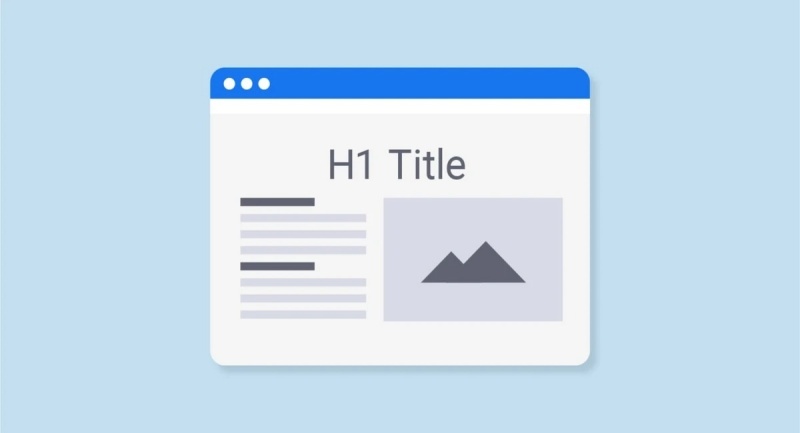Many people use SEO checking tools like Seositecheckup.com to find that their website is missing the important H1 tag, causing confusion on how to fix it. Leaving a title as H1 randomly can affect the website’s SEO. Each page or post can have multiple headings, with the H1 tag used for the title and displayed first on a page. The format of an H1 tag is different from other heading tags. To fix this error, code needs to be added to the functions.php file to ensure the H1 tag is correctly implemented.
When creating a website, ensuring proper SEO optimization is crucial. One common error that many encounter is the absence of the "H1 tag" on their website. This simple tag, often overlooked, can significantly impact your site’s SEO performance.
Each page or post on your website can have multiple headings, but the "H1 tag" holds a special place as it signifies the main title of the page. It is typically styled differently from other heading tags like "h2" or "h3".
To add the "H1 tag" to your homepage, you can insert specific code into your functions.php file. This ensures that the "H1 tag" is appropriately placed and optimized for SEO purposes.
Alternatively, you can also include the "H1 tag" in other sections of your website, such as categories and tags, by adding additional code to your functions.php file. This allows for consistent optimization across different parts of your site.
After implementing the "H1 tag", you may notice that its display on the homepage is not ideal. In such cases, you can use CSS code to hide it selectively, ensuring a clean and professional appearance for your website.
By following these simple steps and optimizing your website with the "H1 tag", you can enhance its SEO performance and make it more user-friendly. Remember, proper SEO practices are vital for attracting organic traffic and improving your site’s visibility online.



